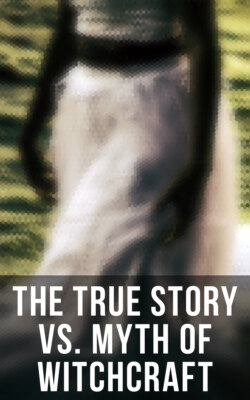Читать книгу The True Story vs. Myth of Witchcraft - William Godwin - Страница 93
На сайте Литреса книга снята с продажи.
Daedalus.
ОглавлениеNearly contemporary with the labours of Hercules is the history of Pasiphae and the Minotaur; and this brings us again within the sphere of magic. Pasiphae was the wife of Minos, king of Crete, who conceived an unnatural passion for a beautiful white bull, which Neptune had presented to the king. Having found the means of gratifying her passion, she became the mother of a monster, half-man and half-bull, called the Minotaur. Minos was desirous of hiding this monster from the observation of mankind, and for this purpose applied to Daedalus, an Athenian, the most skilful artist of his time, who is said to have invented the axe, the wedge, and the plummet, and to have found out the use of glue. He first contrived masts and sails for ships, and carved statues so admirably, that they not only looked as if they were alive, but had actually the power of self-motion, and would have escaped from the custody of their possessor, if they had not been chained to the wall.
Daedalus contrived for Minos a labyrinth, a wonderful structure, that covered many acres of ground. The passages in this edifice met and crossed each other with such intricacy, that a stranger who had once entered the building, would have been starved to death before he could find his way out. In this labyrinth Minos shut up the Minotaur. Having conceived a deep resentment against the people of Athens, where his only son had been killed in a riot, he imposed upon them an annual tribute of seven noble youths, and as many virgins to be devoured by the Minotaur. Theseus, son of the king of Athens, put an end to this disgrace. He was taught by Ariadne, the daughter of Minos, how to destroy the monster, and furnished with a clue by which afterwards to find his way out of the labyrinth.
Daedalus for some reason having incurred the displeasure of Minos, was made a prisoner by him in his own labyrinth. But the artist being never at an end of his inventions, contrived with feathers and wax to make a pair of wings for himself, and escaped. Icarus, his son, who was prisoner along with him, was provided by his father with a similar equipment. But the son, who was inexperienced and heedless, approached too near to the sun in his flight; and, the wax of his wings being melted with the heat, he fell into the sea and was drowned.
